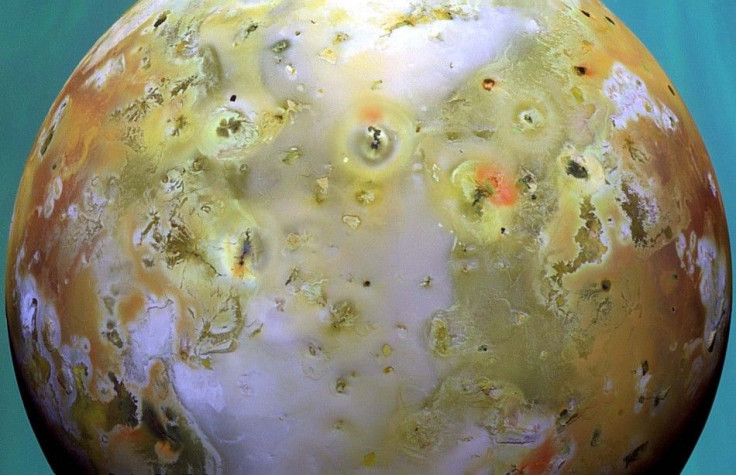Loki, Largest Volcano On Jupiter's Moon, To Erupt This Month

Astronomers are expecting to witness the eruption of the largest and most powerful volcano on Jupiter’s moon this month. According to the astronomers, the volcano known as Loki has been erupting annually and follows a regular schedule.
Senior scientist Julie Rathbun of the Planetary Science Institute noted that the volcano on Jupiter’s Io moon is expected to erupt sometime in mid-September. Last year, the volcano erupted around May.
According to Rathbun, she and her colleagues were able to predict the volcano’s eruptions due to decades-long of observations regarding its activities. Rathbun said that during the 1990s, the volcano erupted every 540 days. Recently, this period slightly changed to 475 days.
“If this behavior remains the same, Loki should erupt in September 2019, around the same time as the EPSC-DPS meeting in Genova,” Rathbun said in a statement. “We correctly predicted that the last eruption would occur in May of 2018.”
Generally, volcano eruptions are hard to predict because they can be easily triggered by various factors. In the case of Loki, Rathbun and her team believe its regular and predictable eruptions can be attributed to its massive size.
Due to its size, the minor factors that usually affect smaller volcanoes do not have the same effect on Loki.
“We think that Loki could be predictable because it is so large,” Rathbun said. “Because of its size, basic physics are likely to dominate when it erupts, so the small complications that affect smaller volcanoes are likely to not affect Loki as much.”
However, for the researchers, this does not automatically mean that Loki will stay on a predictable and stable eruption. After all, he was named after mischievous Norse god.
“However, you have to be careful because Loki is named after a trickster god and the volcano has not been known to behave itself,” Rathbun said. “In the early 2000’s, once the 540 day pattern was detected, Loki’s behavior changed and did not exhibit periodic behavior again until about 2013.”
Rathbun and her colleagues’ paper regarding Loki’s periodic eruptions were published in the online journal Geophysical Research Letters.
© Copyright IBTimes 2025. All rights reserved.





















